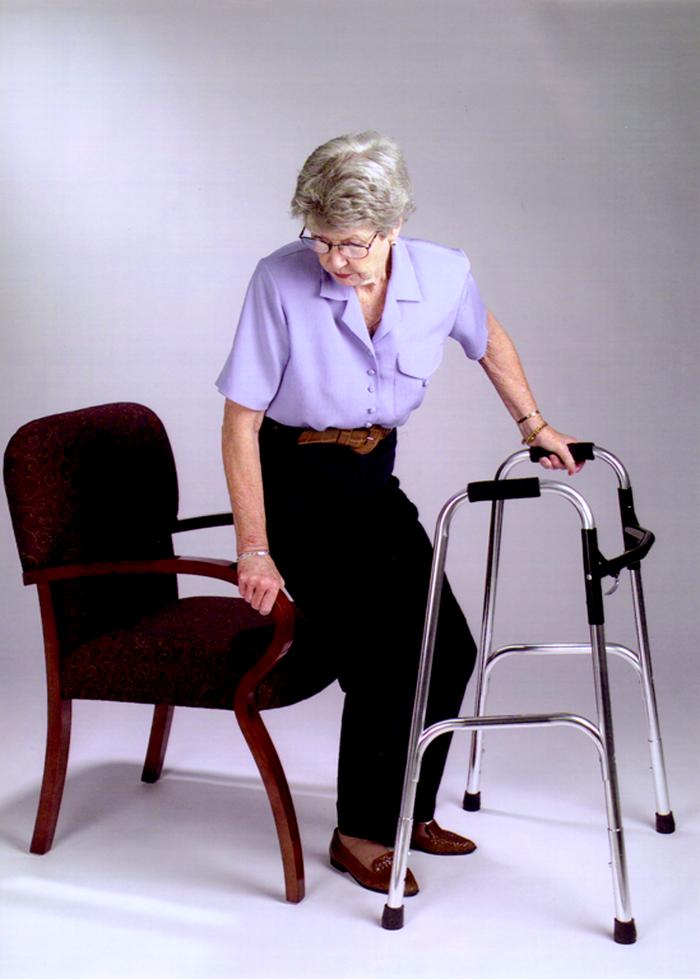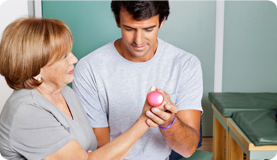Many people hear about osteoporosis and think that it is something that happens later in life and is nothing something they need to think about now. While the disease is usually diagnosed around the age of 60 it starts developing around age 30. By taking preventative measures young people can avoid developing osteoporosis later in life.
Osteoporosis, which is a skeletal disorder that reduces bone mass has been found to cause bone fractures in one in two women over the age of 65. One of the best ways to prevent osteoporosis from occurring later on is by leading an active, healthy lifestyle. Those who are active generally have maintain their bone mass more than those that do not. It’s never too late to start exercising regularly, even if you are over 30 exercising can help prevent or decrease the damage from osteoporosis. Eating right in addition to exercise can also help maintain bone mass which can prevent osteoporosis from developing.
Even if osteoporosis is already present you can slow the progression or even stop the disease. Eating a diet that is rich in calcium is very important for bone health. Try including lots of dairy and leafy vegetables in your diet to get the calcium you need. If you’re having trouble getting plenty of calcium your doctor may recommend taking calcium supplements. While women have a higher risk than men for developing osteoporosis some women have an even higher risk. Some risk factors include age, race, family history, having a petite build, never having been pregnant, smoking, high salt or caffeine diet and getting little or no exercise. Any one of these risk factors makes you more likely to develop osteoporosis.
Taking measures to prevent osteoporosis before it happens is the best way to eliminate possible complications later in life. By simply living a healthy, active lifestyle you can ensure a healthier future for yourself. No matter how old or young you are it is important to think about








